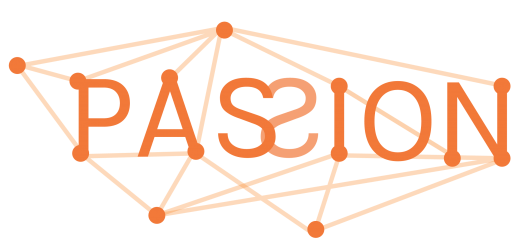
A group of EU-funded researchers are incorporating VCSEL laser sources with silicon photonics to develop long wavelength, high capacity communications for the very first time, paving the way for light-speed metropolitan connectivity, and powering new ‘smart’ services like future gaming and on-demand TV.
Employed in the Apple iPhone X to scan a user’s face for Face ID, “portrait mode” photos and Animoji, and in its AirPod earbuds to sense your ears, a Vertical Cavity Surface Emitting Laser (VCSEL) is a specialized laser diode that promises to revolutionize fibre optic communications by improving efficiency and increasing data speed. They are cheap to manufacture, and are more efficient than traditional laser sources.
Future smart services require a massive overhaul of current internet infrastructure. Data ‘bottlenecks’ – or internet ‘traffic jams’ caused by the sheer volume of users with increasingly sophisticated devices running, music, video, gaming, AI, VR and telecommunications – urgently need to be freed up. These super-fast components have the potential to revolutionise smart services that consume enormous amounts of data for connected citizens of the future. With transmission rates up to 112 Tb/s, sending 28 thousand HD movies would take as little as 1 second.
While VCSELs (favored for their rapid data transmission and low power consumption) have been used in data communications for short-distance connections in intra-data centres, using these infrared lasers for long wavelength, and high capacity communications has never been done before to connect our cities.
Calling themselves ‘PASSION’, the research group is keen to exploit VCSEL light sources due to their high transmission efficiency and minimal power consumption.
The PASSION team has ambitions to reduce the current power consumption of the internet by ten times their current rates.
Light-speed networks
US internet technology giant Cisco predicts that internet traffic will grow to an unprecedented 3.3 trillion gigabytes (3.3 zettabytes) per year between 2016 and 2021.
In as little as 3 years from now our internet usage will reach 3 trillion internet video minutes per month, according to the Cisco report. To put this usage into perspective, this is five million years of video per month, or one million video minutes every second.
With the exponential growth rate of users, and the enormous amount of data being sent and received through complex devices, such as gaming, TV and telecoms, the internet as we know it, so project coordinator Professor Pierpaolo Boffi believes, will grind to a halt if nothing is done.
In order to support a low energy, sustainable communications infrastructure with new photonics technologies, the PASSION group came together to tackle the incoming capacity limitations in optical fibre networks in our cities.
VCSEL silicon photonics
Developing a new technological platform for their network components, the PASSION group will incorporate VCSELs, or Vertical-Cavity Surface-Emitting Laser Sources, to silicon photonics for the further reduction of the packaging costs of such a technology platform.
VCSELs, the key components in 3D sensing, are currently used in popular electronics platforms, for example, in range finders for smart phone cameras such as Face ID and Animoji.
However, deploying such a technology in silicon photonics for high speed internet connections for the metropolitan area is a real challenge.
Coordinated by the Politecnico di Milano the PASSION consortium secured a grant of €7,535,747 from the European Commission under the H2020 funding program and was funded under the Photonics Public Private Partnership.
PASSION is comprised of 14 partners with participants from 7 different European countries: (Italy) Politecnico di Milano and SM Optics; (Spain) CTTC, Telefonica and VLC Photonics; (The Netherlands) Technische Universiteit Eindhoven and Effect Photonics; (Finland) VTT; (Germany) Vertilas; (Israel) OpSys Technologies; (France) EPIC; and from 2 extra-Europe countries: (Japan) NICT and (South Korea) ETRI and ChemOptics.



